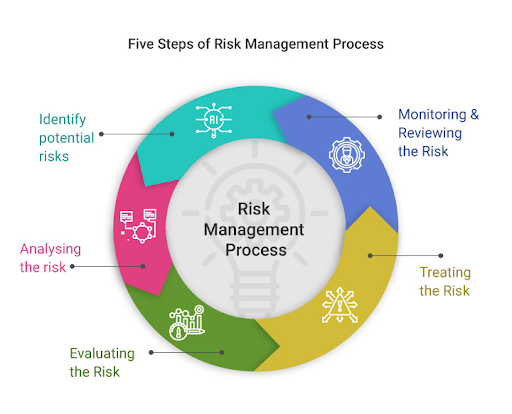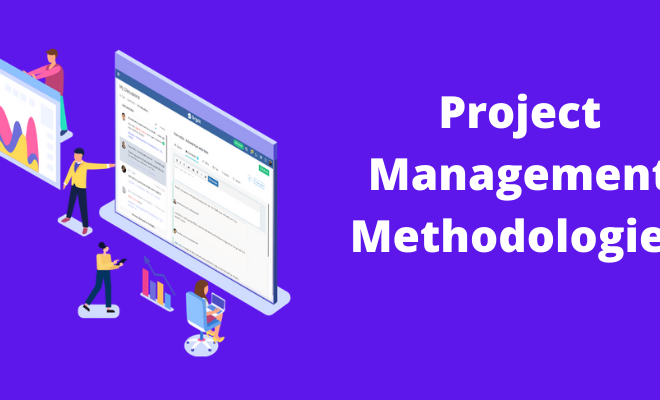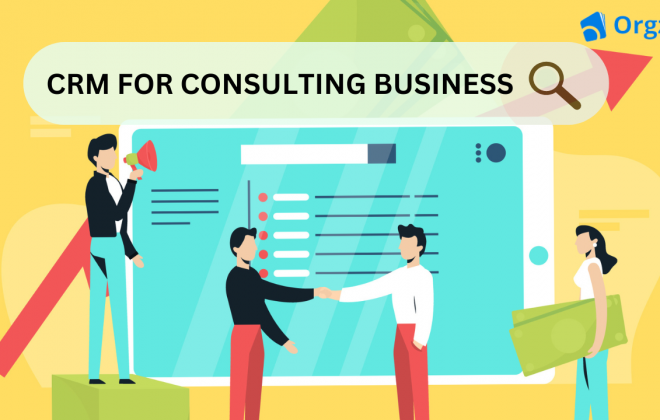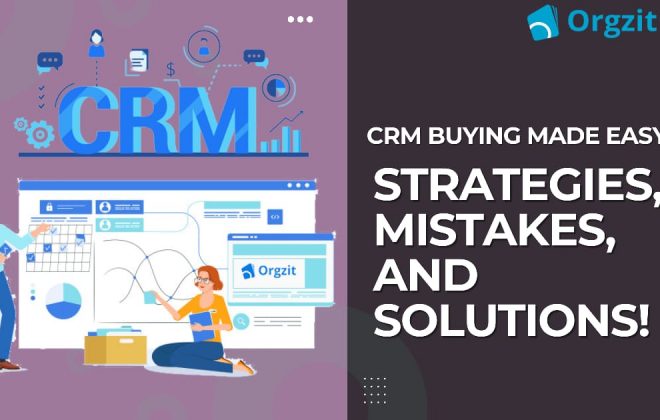5 Steps to Any Effective Risk Management Process
Ever heard the saying – “The more the risk involved in the business, the greater the financial reward for it?”
Sounds fascinating and pulls you like a magnet, right?
No wonder this is true but what people seem to ignore is – This is directly proportional to the probability of your losses too.
Do not forget – The higher the risk, the higher is the probability of your business’ losses too.
A smart leader is the one who ensures that the financial reward and the probability of your losses are always balanced.
And if that gets you to think that you have a small or medium-sized business and you don’t need to worry about all this?
You’re Wrong. Whether your business is big or small, it is always exposed to some risks.
Don’t believe it?
According to research, approximately 62% of the businesses have faced critical risky events during the past three years.
But that should not hold you back!
Do not just be a businessman but be a smart businessman who is always cautious and knows what needs to be done when a critical situation is thrown his way.
Yes, there is no doubt that no business can ever be 100% risk-free as there is always room for unforeseen bottlenecks that make their way in the business’ operations but there are always ways to reduce the risks by employing an effective Risk Management Process for its operations.
What are companies ignoring that their businesses fail?
Most companies do not feel the need to work upon the risks associated with their businesses and thereby do not even draft for a Risk Management Plan.
Ignoring the risks involved in the business can turn out to be really disastrous and life-threatening for a company. Some risks are manageable as part of regular business operations but some risks can totally shut down the business. It is very difficult to predict and manage such risks, especially when you give risk management a blind eye.
Here’s an example of what happens when you’re not cautious enough.
HP (Hewlett-Packard), one of the leading technology companies, is one of the best examples of a sinking ship – All because of having a different outlook to risk management at a point of time.
HP was a sinking ship once in 2004 as HP was migrating to a centralized ERP system that cost the company a loss of 5 times what the implementation of ERP would have costed – All due to a blind eye to the risks associated.
The manager very well knew the problems that could arise but turned a blind eye to it which led to the amalgamation of all the risks arising all at once. It ruined the company’s position and its reputation immensely during that period and the company incurred huge losses.
Do you get the importance of managing your risks now?
Having a robust risk management process is critical for a business to foresee and plan mitigative measures to limit the loss to the business because of known or unknown risks.
What is the Risk Management Process?
A risk management process is a framework with a sequence of actions that need to be taken by the business in case it faces any threats or risks during its operational course.
You can think of it as a precautionary measure such as an emergency alarm.
You get the alarm installed hoping that you would never need to hear it ring but at the same time, you are ready to go through the minor inconvenience of getting a system installed in case there is an extreme emergency later. This helps you limit down the impact of the loss that you might be born later.
A risk management process does exactly that!
It helps you define the potential risks and threats your business might face later, document and assess the risks deeply, and thereby monitor these risks so that it can lower down or eliminate the negative impact it might have on your business.
What are the benefits of a risk management process?
The importance of any kind of safety or precautionary measure should never be underestimated. It boosts the company’s confidence and helps your company boost its performance. While such a process cuts down on your future losses, there are still other benefits of such a process in place.
- It creates an extremely safe and secure environment for every member that is associated with your company – whether it’s the clients or the staff members.
- It acts in the member’s favor if any harm is ever involved as it protects them.
- It helps your company achieve some predictability and stability in its operational journey as it helps lower down the company’s liability.
- It helps your company assess the areas where it needs insurance and thereby cut down on unnecessary premium expenses the company was earlier bearing.
- Saves your company and the members from any unforeseen detrimental events.
- It helps your company be more efficient in its processes by focusing entirely on achieving the goals of the business.
- It helps in better allocation of resources in case any risk arises during the business as you would already have an efficient plan in place to limit the loss.
Now that you are well aware of how a risk management process can help your business organization to achieve all the goals that it desires, let us understand what are the different stages involved in this process and what this process is all about.
5 Steps to An Effective Risk Management Process


Having effective Risk Management processes is not so much about investing a huge sum of money but is more about an approach or way of doing business.
The process should be followed in a particular sequence and once you are aware of how the procedure follows, it automatically starts benefiting you in the long run.
Irrespective of the background of the risk below is a well-researched process that works wonders for organizations to manage their risks.
1. Identification of Potential Risks
A business is exposed to several types of risks – legal, hazardous, strategic, market, trends, environmental, etc. The most essential part of the whole process is identifying the different risks associated.
Asking yourself a question again and again about – What can possibly go wrong in the process?
This process does not necessarily have to be a dull experience for the company but instead, a positive one, wherein teamwork and collaboration come in handy for a great brainstorming session to identify the possible risks. Such a process also encourages cross-functional collaboration as well as learning.
It is essential that you have a proper structure in place where you mention the risks and break it down into specific details. The more specific, the easier it would be to ascertain the impact of the risk and the mitigation measures you need to plan for.
Once all of this is done, you should also go for preparing a risk log, which is a database of all the potential risks that can arise. This project risk log not only helps you to identify better before starting the process but also acts as a reference, especially when you are actually in a risky situation. .
You need to make sure that you regularly keep updating the project risk log as the business environment is dynamic and the business regularly is exposed to more and more threats.
This step really helps in instilling confidence in all the members of your company as they are relieved that everyone is aware of the possible risks and impact. Just acknowledging risks can give a lot of comfort to people to deal with risky situations without getting distracted.
2. Deeper Analysis of the Risk: Frequency and Severity
Once you are done through the identification stage, you move on to the second step of the process: Analysis of the Risks.
In a business, there are several risks but what is important for you is to understand what is the possibility of the risk arising and the severity i.e the impact it can have on your business.
There are a few risks that can completely get your business to a standstill while there are some that will only cause a minor inconvenience and would not pose as a threat. It is therefore important to map out these risks in a risk map.
A risk map, therefore, will provide you with all the details of the risks and expected impacts in different situations. Knowing these important elements helps you understand where to invest your time and resources efficiently in eliminating those risks which can then be prioritized based on the severity of impact on the business.
This step helps you actually think through various scenarios and define solutions beforehand. Once you are done analyzing, you move on to the next stage, which is prioritizing.
3. Prioritizing the Risk Associated and Finding Alternative Solutions
Once you have a complete risk assessment profile for your business, the next step is to prioritize which risks you can undertake and which risks you just cannot live with.
Since no business is ever 100% risk-free, prioritizing the various risks will help you clearly determine what calculated risks you are taking and what risks you need to resolve before moving forward.
Again this needs to be a collaborative discussion and discovery process as many times different people perceive different types of risks very differently. Adopting a risk ranking framework can prove to be very helpful in making sure only the right types of risks are being prioritized.
4. Implementing the Best Alternative
A potential risk has several measures but not all can be implemented. Once you’ve picked from all the alternative options available, you need to start by implementing that measure to have the best results.
Now it’s time for you to prepare for the implementation for it by getting the right resources, which could be the investment or the right personnel for it. Prepare a proper plan and get it approved by the management. Once approved, you need to communicate it with your team and train the assigned personnel on the same.
Have a proper structure for your plan and make sure that your plan is consistently implemented throughout the organization.
For example, if you’re running a SaaS business, you are always exposed to a risk of data breaching scandals. In such a case, this step would involve implementing strong cybersecurity in place to make sure that your data is secured.
5. Monitor the Progress and Update New Risks
This is not a stage that is completed and it’s an end to it but a ‘complete process’ that needs to be consistently looked into. The business environment is always changing and this process needs to be continually revisited.
Have a proper risk monitoring system in place. It is essential that there is transparency in communication amongst the team members and the stakeholders too. The employees should focus on keeping all the risk factors in check and continuously monitor efforts that are being taken.
This process helps in understanding the impact of the measures that you have taken to either avoid or control your risks.
Not just that, the whole process should be transparent that if in case, there are any new risks coming into the picture, everyone is able to look through it.
An effectively monitored program can multifold the effect of your team’s efforts, so always keep this fifth step in check!
Conclusion
Risk management is the source of empowering a business!
Do not hold a “Don’t go for the unnecessary trouble” outlook for your business, whether small or big, as you may not even know how a small risk can turn into a big hurdle for your business.
You may be aiming for a profit and you might even think that you are almost there but due to carelessness in your risk management process, you just couldn’t reap the benefits that you aimed for.
Therefore, a well-planned risk management process should always be a part of your business plan to hedge the losses these risks might get with them.
Most of the best companies, big or small, are taking these measures and following the process in their operational system, which is turning out to be really effective for them and helping them grow sustainably.
It is time for you to do the same.
We would love to hear from you how you are managing risks in your business. How has the COVID-19 pandemic (an unforeseen and unexpected risk) impacted your business and how you have been staying on top of your game.









